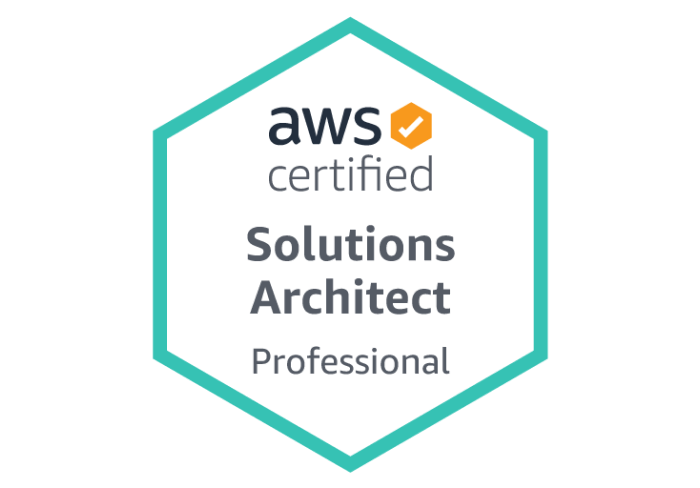With AWS's rapidly growing cloud business model and industry-leading features, taking the AWS SAP-C01 exam could be just the thing you need to jump-start your career. The accelerated growth of AWS's partner model, combined with an expansive portfolio of public cloud services, makes it a natural choice for IT professionals looking to advance into the cloud arena. But AWS Certification requires far more than a passing score on a test. In fact, the real value of an AWS SAP-C01 certification is much greater than just finding a cheap exam. Here are some preparation tips to ensure your success.
We recommend that you take the exam as early as possible, ideally before you plan to hit the ground running. The schedule of the AWS SAP-C01 exam can vary by as much as six months in advance, so if you are planning to make your AWS certification date, now is not the time to find out. The AWS exam will cover several important topics, including data migration, application development and scalability, load balancing, management and alerting, security, and infrastructure and virtualization. The questions in each section of the exam have been designed to test your understanding of each topic and the wide variety of complex organizations in which AWS runs.
To begin your examination, you should identify all the areas of AWS functionality you need to focus on and select a difficulty level that matches your current level of understanding. There is no easy way to memorize every question in the exam, but the more you can understand the concepts and the terminology associated with AWS, the better you'll perform on the exam. Many AWS users start their studies by selecting a random difficulty level on AWS's free SAP-C01 Dumps Questions. This approach works because the practice exams provided by AWS support a wide variety of AWS functionality, covering both new and existing solutions. Once you've chosen your difficulty level, your study guide will provide exercises and question guides designed to build your skills on each topic area.
The primary topic of the AWS SAP-C01 exam is migration planning. Migrations allow users to move applications from one AWS resource pool to another without having to take a full AWS class or enroll in an AWS course. AWS offers migration planners for both on-premises and SaaS apps. When I first reviewed the AWS Migration Dashboard, I was surprised to see that there were two migration planning topics: A and B. Although AWS has an internal migration service and an in-house developer community for managing the process of migration, these two topics are the core services that are offered by AWS.
AWS's main selling point is its cost control benefits. The cost of running AWS on-demand is lower than most on-premises solutions, and users only pay for what they use, not over-use. AWS users may also benefit from AWS's support for elastic load balancing across AWS regions, which I'll talk about in a later article.
To gain a deep insight into AWS and its potential impact on an AWS user, you'll need to go beyond the AWS dashboard. Fortunately, AWS provides excellent documentation at the AWS website as well as an extensive documentation in the form of videos that can walk you through various usage cases. Also, AWS provides extensive reference material such as the AWS Software Guide and AWS APIs. For the sake of practicality, it is best to review these materials outside of the classroom. It's also possible to purchase an excellent book on AWS to get you started with your understanding.
One thing that you can do to prepare for the AWS SAP-C01 exam is looking for user guides, podcasts, and videos published by AWS. It may be difficult to find AWS references because AWS tends to be a bit more secretive about its business model and practices. But you can find plenty of them in the public domain, including AWS user guides, podcasts, and videos. Similarly, reviewing AWS APIs can provide some additional useful knowledge before going into the actual exam.
The final aspect of AWS that we will cover in this short article is auto-scaling. Autoscaling ensures that AWS resources are available even when there is not enough demand. The AWS APIs explains how to enable auto-scaling. However, if you aren't familiar with this feature, it can make a huge difference in your AWS test results. Therefore, a good AWS readiness test or AWS readiness blueprint should cover this topic.
Also read about:
AWS DVA C01 Practice Test Exams Solve Clues on AWS
When to spy on kids android devices
7 Reasons for Getting Kraft Boxes in Unique Designs
















